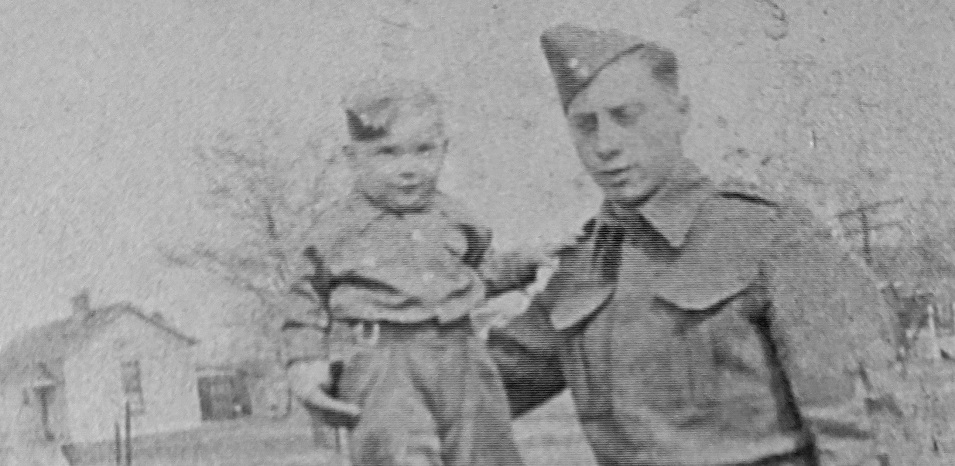
As we come
to the end of another decade, it’s helpful to observe through the rear-view
mirror how far we’ve come as a community. The one thing we know is that change
is a certainty.
In the past few months, there has been some back-and-forth related to commercial development and growth in Niverville. This concern is understandable and isn’t necessarily a bad thing. The strength of our community is determined by the robust conversations we can have without things becoming personal.
I have lived in Niverville my whole life. I was born in 1955 on Second Street North, and the house we lived in was located immediately next door to the town garbage dump—literally. This is where everyone in town brought their daily garbage, throwaway appliances, and even old cars.
As the village grew, the RM of Hanover received enough complaints about the dump that change appeared on the horizon: the dump was going to be moved. This was bothersome to some, since people would now have to drive farther to get rid of their garbage.
But change happened and it was good.
In the 1960s, Main Street Niverville was lined with residential houses. The present Subway building and the strip mall next to it were residential properties. The lot where the MCC Thrift Store stands today had a house on it, as did the lots where you now find BSI, the Niverville Credit Union, Chicken Chef, Gan’s Kitchen, HUB Insurance, Wiens Furniture, and Niverville Autobody.
The idea of changing Main Street was scary, yet the town needed to encourage new businesses to open up, and the cost was moving residents off Main Street.
But change happened and it was good.
In the early 1960s, Niverville got a new business, The Pines Restaurant, located in the building that was recently torn town to make room for the new gas bays at Country Snacks. This added a new food service besides the only other restaurant in town at the time, Krause’s Restaurant, which could be found in the building immediately east of the present-day Chicken Chef. Many people feared that the addition of a second restaurant would destroy the existing one, and yet the businesses co-existed for many years.
By 1980, the food services industry was evolving and I felt the need to bring something new and fresh to town—hence the arrival of the Chicken Chef in August of that year. By opening this business, Niverville had takeout for the first time.
Before I built the Chicken Chef, I met with the owners of The Pines. There was much fear amongst people in the community that my new restaurant would cause The Pines to shutter its doors.
However, in the second full year of the new restaurant opening, it turned out we had done very well. And guess what? I found out sometime later that The Pines also increased their volume of business that year, by 25 percent.
Change happened and it was good.
Change and growth is a certainty in any community. Today we’re approaching 5,500 residents and new business offerings are attractive to the people living here. They’re also attractive to people who are considering a move to Niverville.
New retail offerings will come, and they will change the dynamics of our business sector. They will add something different than what we presently have. This will give people choices. The arrival of competition will also challenge existing businesses to be better.
In my lifetime, I’ve seen a lot of change. The MCC Thrift Store was a hatchery on two occasions before it was repurposed to be what it is today. The first phase of the Heritage Centre was a large chicken eviscerating plant—the largest in Manitoba, in fact.
Inevitably, a business or building will reach the end of its life cycle and need to be changed or repurposed. Buildings will be torn down to create things that are new and fresh, and this is part of the healthy cycle of life.
But change will happen—and it will be good.


















